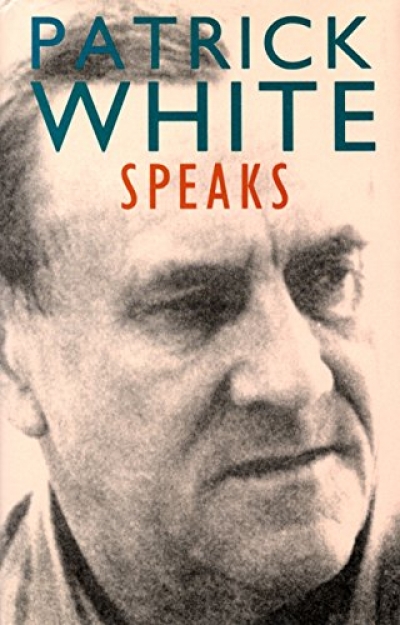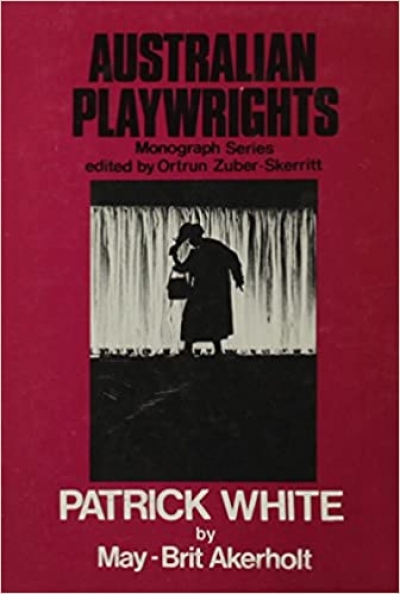Accessibility Tools
- Content scaling 100%
- Font size 100%
- Line height 100%
- Letter spacing 100%
Patrick White
Patrick White Speaks edited by Christine Flynn and Paul Brennan
by Paul Carter •
Patrick White by May-Brit Akerholt & Jack Hibberd by Paul McGillick
Memoirs of Many in One by Alex Xenophon Demirjian Gray (edited by Patrick White)
by Chris Wallace-Crabbe •




